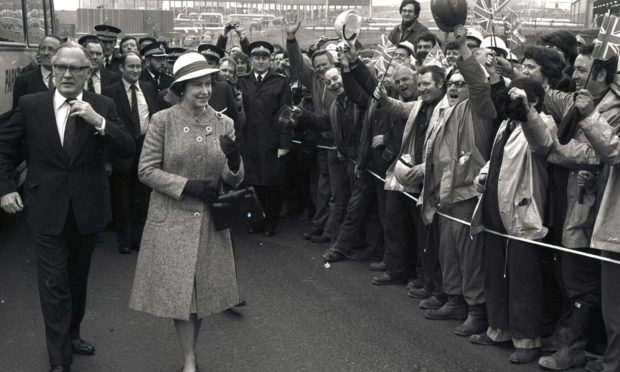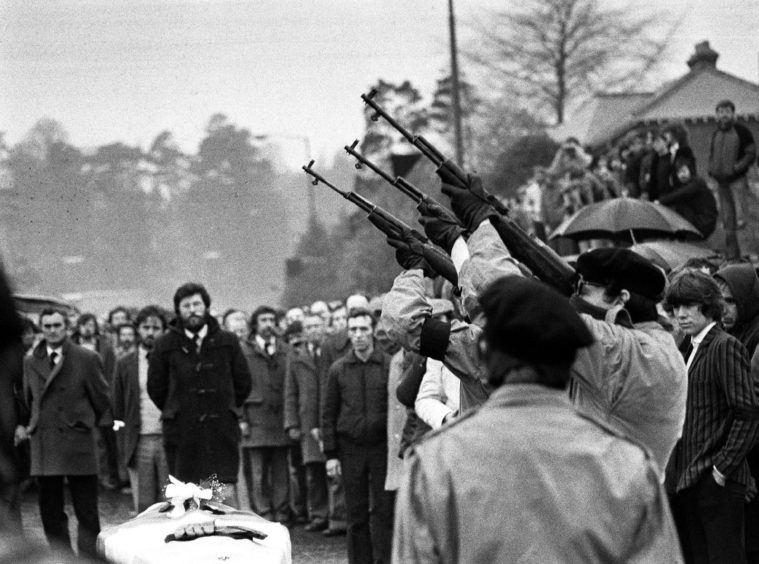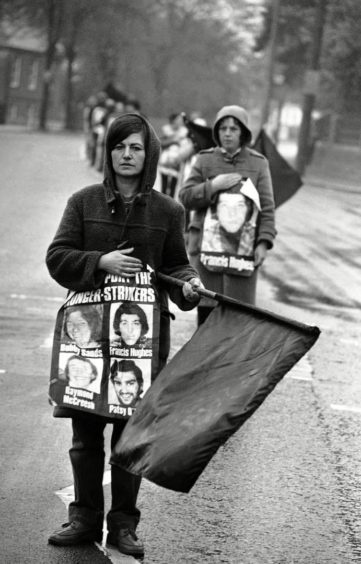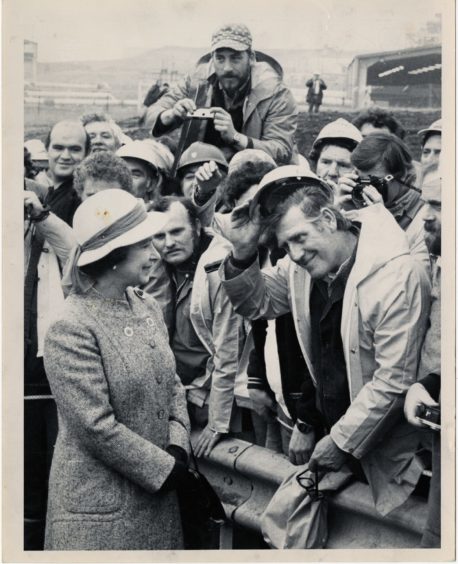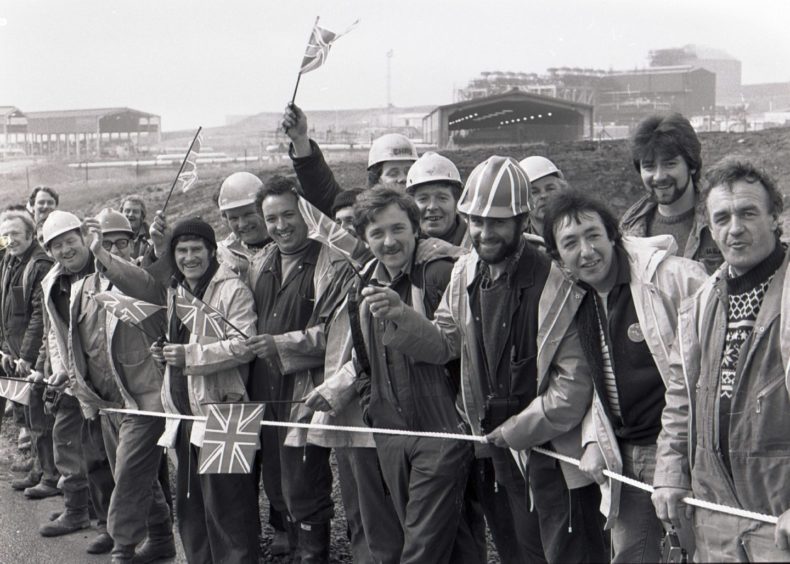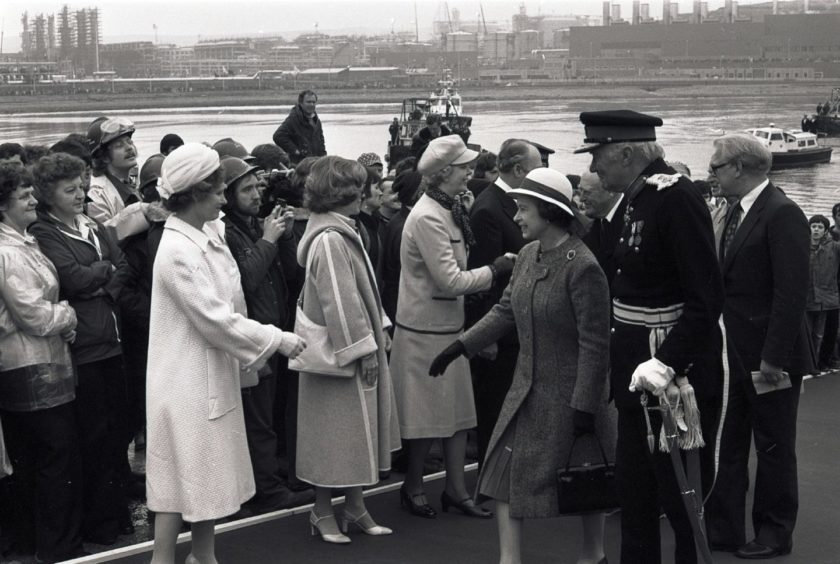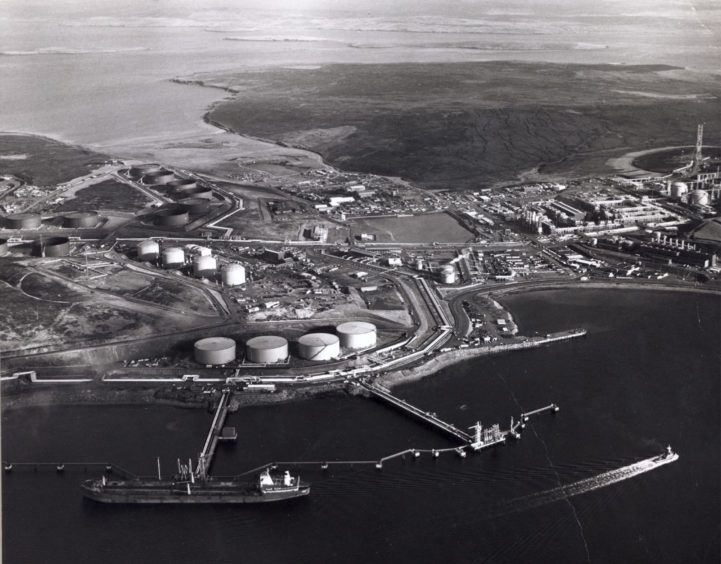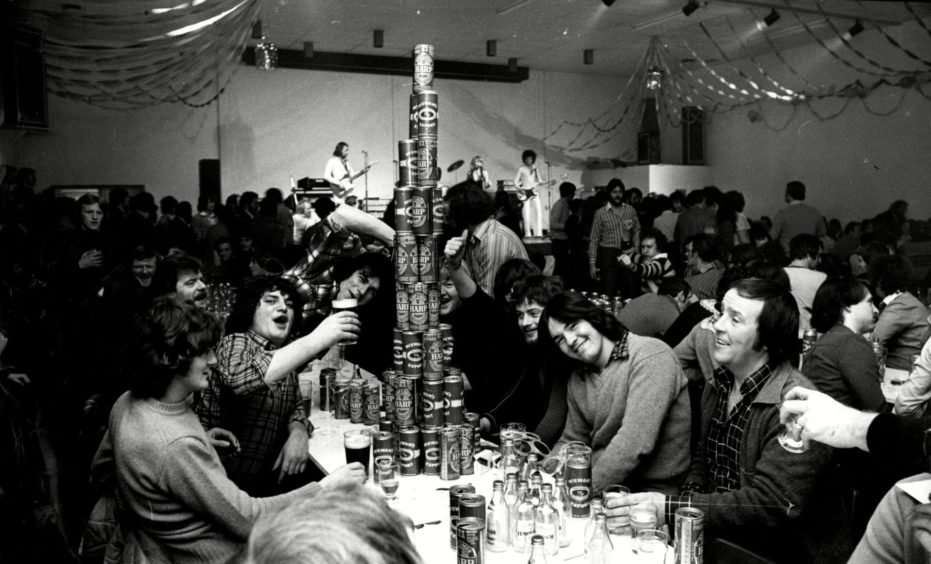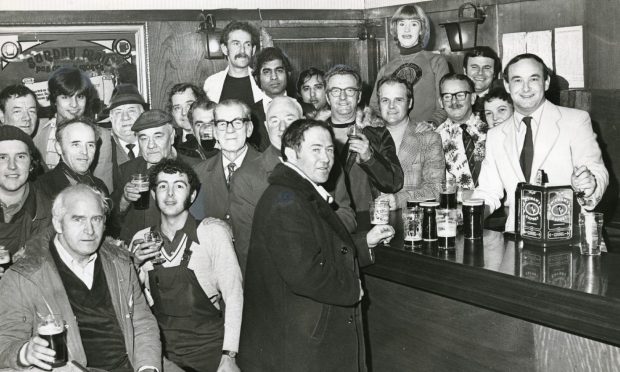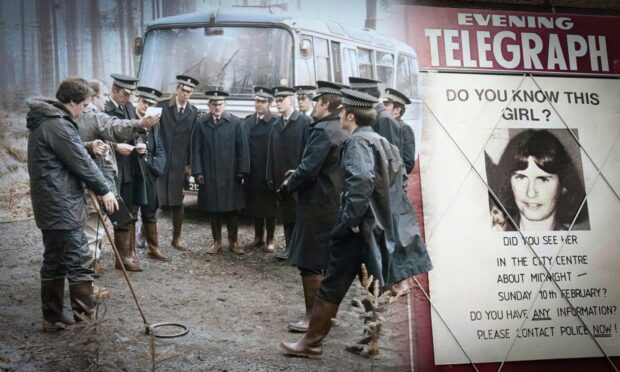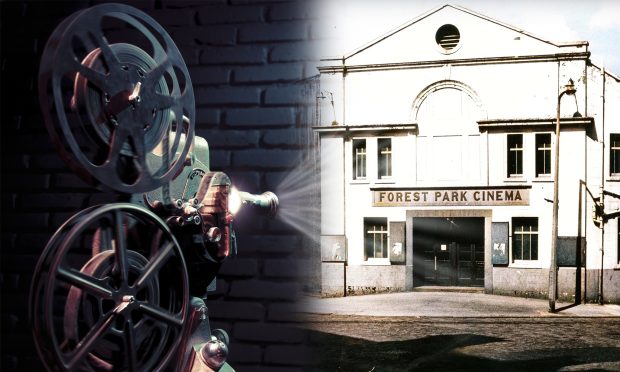The IRA attempted to bomb The Queen in Shetland 40 years ago at the height of The Troubles.
It was the IRA’s only attack on Scottish soil.
The failed plot happened just four days after the death of hunger striker Bobby Sands in the Maze Prison in Belfast.
Sands was number 2,308 on the list of dead during The Troubles.
The IRA made it clear they regarded the royal family as “legitimate targets” during The Queen’s Silver Jubilee visit to Northern Ireland in August 1977.
Her final stop was at the University of Ulster in Coleraine.
Shortly after she departed, a small bomb exploded in a garden on the campus.
Two years later her cousin, Lord Louis Mountbatten, was murdered off the coast of Sligo by the IRA whose next attack would target the monarch herself.
The Queen was in Shetland to open the oil terminal
The Queen was in Shetland on May 9 1981 to officially open the £1.2 billion oil terminal at Sullom Voe which was one of Europe’s largest construction projects.
The Queen arrived on the Royal Barge with Prince Philip and King Olaf of Norway and the royal party were cheered by hundreds of enthusiastic site workers.
An IRA agent who had spent the past two years on the construction team was able to hide a bomb inside the new terminal’s main power station.
Around the same time a statement was issued through the Irish Republican Publicity Bureau in Dublin, claiming the IRA had “breached the English Queen’s security” and ordered the authorities to “clear the Shetland rig of all civilians”.
“While the British occupation in Ireland continues, members of the British ruling class and administration will continue to be the subject of IRA attacks,” the statement concluded.
No one inside the inauguration building 500 yards away heard the explosion which was drowned out by the band as it played the Norwegian then the British national anthems.
The royal visit was running about 12 minutes late and if it had been on time the explosion would have taken place during The Queen’s address.
“Shetlanders through their council have arrived at a unique partnership with industry, in the construction of an oil port on a scale which dwarfs the harbours of much of industrial Europe,” said The Queen.
“I can well understand the hopes and fears which this has aroused among the people of Shetland.
“The impact of such a development on the economic life of these islands is inevitably considerable.
“The way in which Shetland is coping with the challenge is an example to everyone.
“The islanders have demonstrated those characteristics of toughness, adaptability and individuality which have carried them through times of upheaval in the past.
“These are among Shetlands greatest assets for the future and they like the more material gains from the advent of the oil industry will I know will be shrewdly husbanded and invested for the future.”
The authorities maintained a public silence at the start
At first the police said the IRA claim was a hoax.
Meanwhile, the IRA, released a second, more detailed statement, reiterating their claim of responsibility, and accusing the British authorities of trying to play down the explosion.
“Had we managed to place Saturday’s bomb close enough to the British Queen, she would now be dead,” the statement said.
“This attempt to play down this breach of the British monarch’s security by the IRA only four days after the death of Bobby Sands is reminiscent of the incident in August 1977 when we placed a bomb in the grounds of Coleraine University during a visit by the British Queen.”
The authorities maintained a public silence, while the plant’s operators BP insisted it had been caused by a minor electrical fault connected with a boiler.
Aberdeen South Conservative MP Iain Sproat tabled Commons questions to Scottish Secretary George Younger and Energy Secretary David Howell demanding an immediate re-appraisal of current security measures.
The disclosure that the blast at Sullom Voe had indeed been caused by a bomb was made in a statement in the House of Commons four days later by Mr Younger.
“At about 12.05 hours on Saturday 9 May an explosion occurred in the power station within the Sullom Voe oil terminal during the inauguration of the terminal by Her Majesty the Queen,” he said.
“A boiler, which was not in use at the time, was damaged, as also were girders in the vicinity.
“No one was injured and neither the operation of the terminal nor the inauguration ceremony was affected.
“The building concerned was not on the route taken by The Queen inside the terminal.
“Messages purporting to come from IRA sources and warning of the presence of a bomb were received on the same day, the first at about the time of the explosion.
“Detailed investigations were put in hand immediately by police and explosive experts, and subsequent forensic examination of material has confirmed that the damage was caused by an explosive device.
“Police inquiries are continuing.”
The details of a second bomb stayed secret for 30 years
The IRA would have used an even larger bomb but key parts got delayed in the post.
The details stayed secret for 30 years until Cambridge University’s Professor Christopher Andrew was researching a 1,032-page authorised history of MI5.
Subsequent police inquiries established that two parcels, each containing a bomb, had been posted to a Republican militant working on the construction of the terminal.
When the second parcel was delayed in the post, he appears to have panicked, believing that it had been intercepted and his identity exposed.
He fled without collecting either his cards or his bonus pay for two years’ service at the construction site.
He stayed only long enough to plant the first bomb.
The second parcel, containing a 6lb bomb and a 12-day timing device, arrived after his departure and remained uncollected in the construction village post office, until, it was forwarded to, but failed to reach his address in Northern Ireland.
The first barrel of oil came ashore at Sullom Voe on November 25 1978
In 1971, Shell discovered the massive Brent oil field off the north-east coast of Scotland, midway between the Shetland Islands and Norway.
The discovery paved the way for other finds to be uncovered in the area and it soon became clear that a pipeline was needed to transport the crude oil to the nearest landfall.
It led to the creation of Sullom Voe, a terminal which would help change Shetland forever.
It heralded decades of economic prosperity for the north-east of Scotland as the oil boom started.
The first appearance of black gold on November 25 1978 was the culmination of years of work that saw thousands of people – including droves from the UK mainland and beyond – employed on site in one of Europe’s largest construction projects.
Highlighting the sheer magnitude of the project, the construction workforce for the terminal peaked at over 7,000.
Some saw it as a threat to Shetland’s way of life, which had revolved around traditional industries like crofting and fishing, but its knock-on effect to the local economy was substantial.
At its peak in the 1980s, the terminal was processing over 1.5 million barrels of oil a day and by 1997 the six billionth barrel of crude oil was produced at the terminal.
Tucked away between Toft and Sullom, the ageing terminal continues to confound its initial anticipated lifespan of around 25 years and although today it is much quieter, the facility has so far produced over eight billion barrels of oil.
